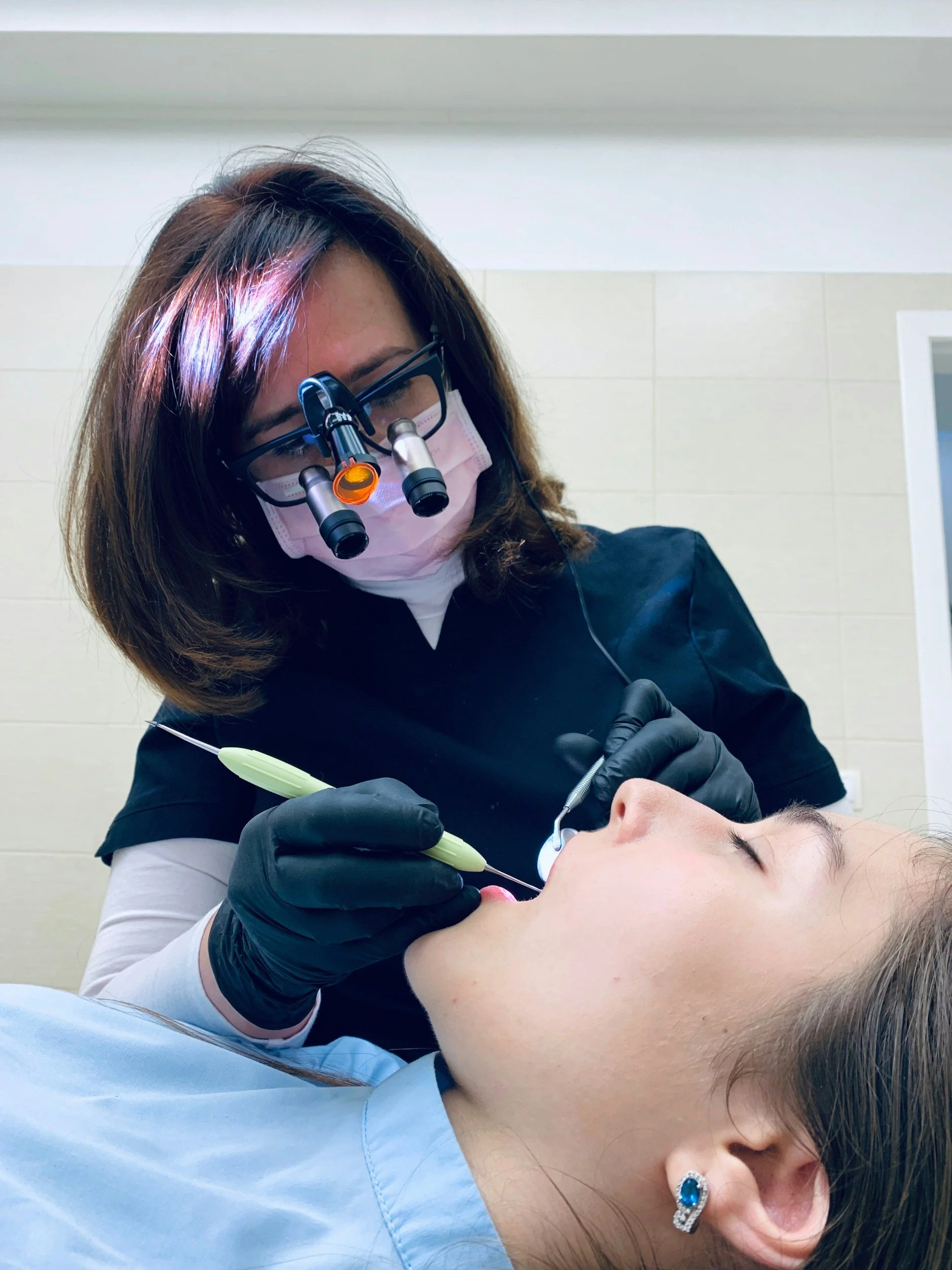Dental Costs in the U.S. and Why Mexico Is Today’s Top Dental Destination
Your smile is priceless—well, almost. In the United States, dental care follows very different rules and comes at steeper prices than in places like Mexico. But how does U.S. dental insurance actually work, which services are covered, and at what cost? And is this the reason why Mexico currently ranks as the number one destination for dental tourism? Let’s break it down:
Dentists in the United States
Far from declining, the number of dentists in the U.S. is expected to increase by 18% by 2024 (compared to 2018), adding roughly 23,300 new jobs. Despite a growing workforce, treatment costs keep rising. Why? The primary culprit is the insurance system.
How Does Dental Insurance Work in the U.S.?
First, some bad news: In most cases, dental insurance isn’t included in standard healthcare plans, often requiring a separate policy.
The good news is that obtaining a dental insurance plan is relatively straightforward compared to medical insurance. Most plans clearly outline which procedures they cover and exactly how much you’ll need to pay out of pocket. Here’s what you need to consider:
Choosing a Dentist In-Network: If you already have a preferred dentist who’s part of your insurance provider’s network, you can often opt for a less expensive plan.
Selecting a New Dentist: If you don’t have a current dentist, you can pick one within the network and potentially pay lower premiums.
Out-of-Network Dentists: If you prefer to stick with a dentist who’s not in your plan’s network, you’ll likely face higher costs.
What to Know About U.S. Dental Care
Dental insurance in the U.S. typically covers issues related to teeth and gums, as well as preventive care like annual cleanings. However:
Deductibles, Copays, and Coinsurance: These can significantly add to your out-of-pocket costs.
Annual Coverage Limits: Many policies cap annual coverage between $750 and $2,000, limiting how much can be covered each year.
Waiting Periods: To prevent people from buying coverage right before a major procedure, many plans enforce waiting periods ranging from six to twelve months (and sometimes up to two years for major work) before you can receive standard care.
Dental Care in Mexico
Due to these challenges, more Americans are heading to Los Algodones, Mexico for their dental needs, thanks to affordable pricing, high-quality treatments, and convenient geographic proximity.
While the U.S. system wrestles with high deductibles, long waiting periods, and tight annual limits, Mexican clinics like Dental del Río Algodones provide services without the steep financial hurdles or administrative red tape. Patients can receive complex treatments—implants, crowns, and more—at a fraction of what they’d pay in the U.S. (Just check DDR’s dental price list for verification.)
Moreover, Los Algodones has built an infrastructure specifically catering to dental tourists. Dentists are often internationally certified, English-speaking, and practice in modern facilities.
With its close proximity to the U.S. border, thousands of patients cross over for same-day treatments. This convenient access, coupled with significant cost savings and fewer insurance restrictions, has propelled Mexico to the forefront of global dental tourism—highlighting disparities in healthcare systems and offering patients an attractive alternative for achieving a healthy, radiant smile.






